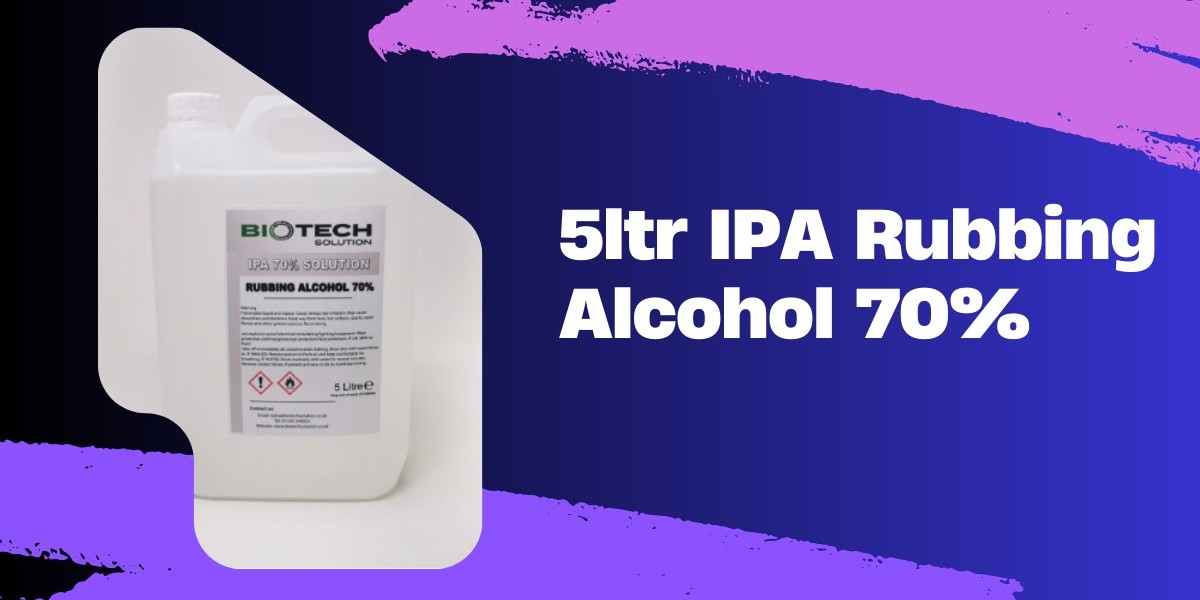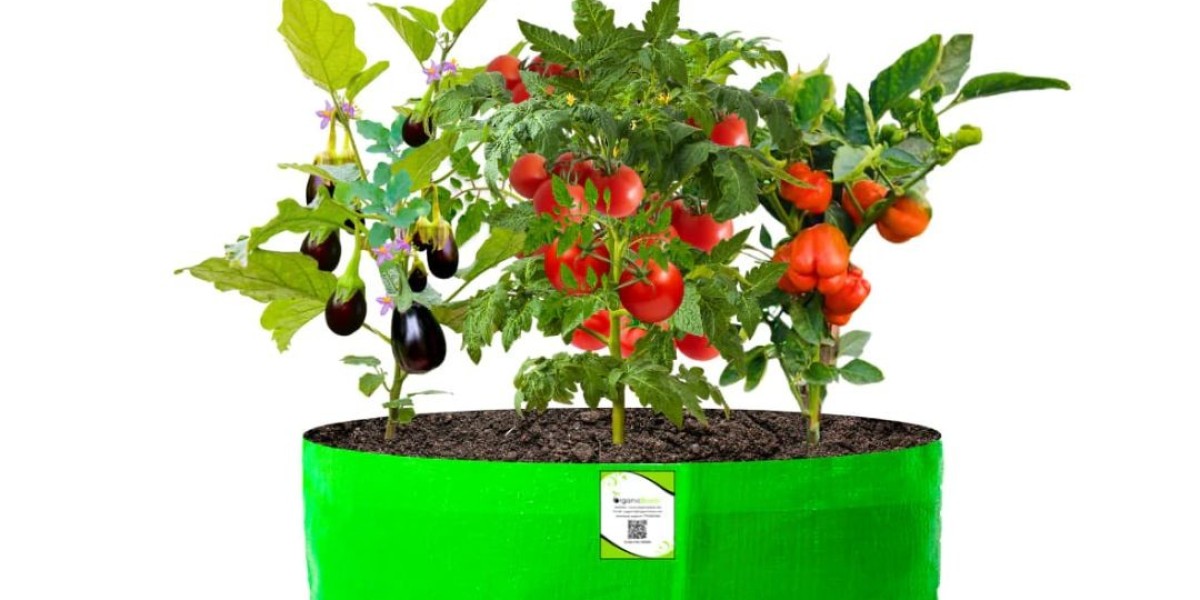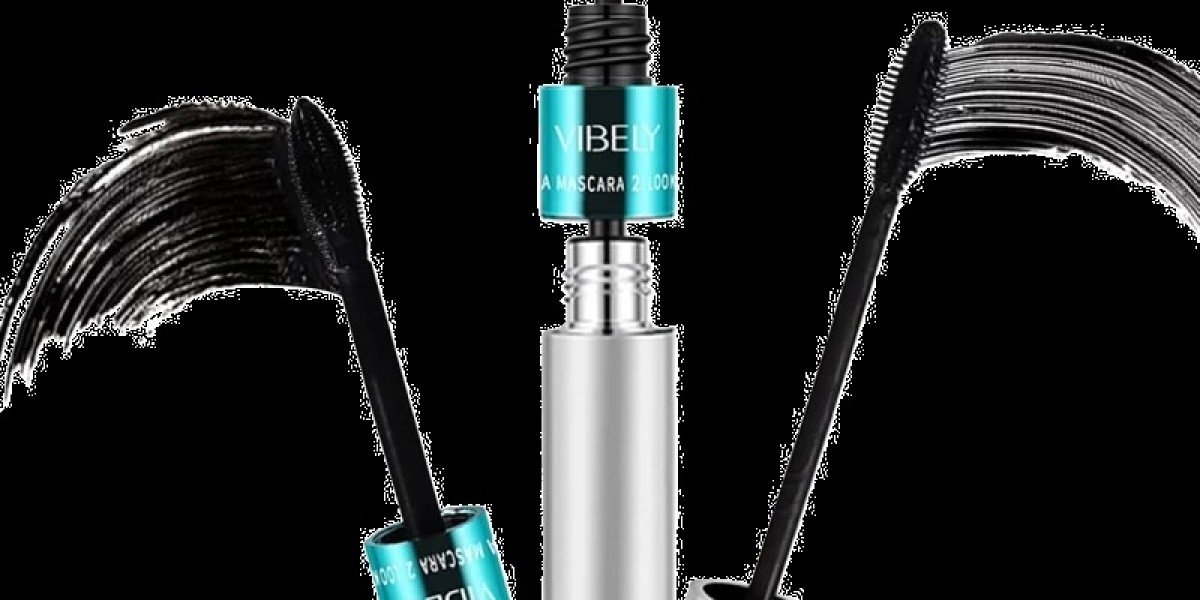Rubbing alcohol is a household staple that many of us keep in our cabinets, often without realizing its full potential. Known for its antiseptic and disinfecting properties, it’s typically used for sanitizing and cleaning. With high alcohol content, it evaporates quickly, leaving behind no residue, making it ideal for both medical and household uses. But rubbing alcohol has applications beyond the basics that might surprise you, such as in beauty routines, cleaning household items, and even pest control.
Understanding Rubbing Alcohol Composition
Most rubbing alcohol is either isopropyl or ethyl, with a concentration usually ranging from 60% to 99%. The higher the concentration, the stronger the disinfecting effect, though most people find that around 70% alcohol concentration is best for general use. Isopropyl and ethyl alcohol have similar properties, though isopropyl is generally more effective at killing bacteria and is commonly used for medical purposes.
Common Types of Rubbing Alcohol
Isopropyl vs. Ethyl Alcohol
- Isopropyl Alcohol: Also known as IPA, this form is highly effective against bacteria, fungi, and viruses. It’s commonly used in healthcare for disinfecting and cleaning.
- Ethyl Alcohol: Similar in its antiseptic properties but often more suitable for use on human skin. Ethanol is also found in hand sanitizers and has a slightly more pleasant odor.
Comparison - Isopropyl Alcohol vs. Ethyl Alcohol
| Feature | Isopropyl Alcohol | Ethyl Alcohol |
|---|---|---|
| Common Concentrations | 70% and 91% | 60%-95% |
| Primary Use | Disinfection, surface cleaning | Skincare, hand sanitizers, disinfectant |
| Strength | Higher antibacterial effectiveness | Similar, but less aggressive |
| Skin Safety | May cause dryness on skin | Generally safer for skin |
Both types of rubbing alcohol have their strengths, but the most appropriate one often depends on the specific use. For disinfecting wounds or sterilizing medical equipment, isopropyl alcohol is preferred, while ethyl alcohol can be used for general sanitization and cleaning.
Rubbing Alcohol for First Aid
One of the primary uses of rubbing alcohol is as a first aid staple. Known for killing bacteria and viruses, it is a simple and effective disinfectant for cuts, scrapes, and minor burns.
- Antiseptic for Wounds: Apply a small amount of rubbing alcohol on a cotton ball or gauze to cleanse wounds. It helps prevent infections, though it may sting slightly.
- Soothing Muscle Aches: Massaging sore muscles with rubbing alcohol can temporarily relieve pain. It cools and soothes upon contact, helping reduce discomfort.
- Preventing Itch from Bug Bites: Applying a dab of rubbing alcohol to bug bites can reduce itching and discomfort, thanks to its anti-inflammatory properties.
Household Cleaning with Rubbing Alcohol
Rubbing alcohol is a fantastic, inexpensive cleaning agent that can be used throughout your home. Its properties make it suitable for cleaning surfaces, removing stains, and sanitizing without leaving streaks.
- Streak-Free Mirror Cleaning: Applying rubbing alcohol to a microfiber cloth works wonders on mirrors, leaving them spotless.
- Removing Stubborn Stains: Coffee stains, ink marks, and wine stains can be lifted with rubbing alcohol. Simply dab some alcohol on the stain and blot it away.
- Kitchen Sanitizing: Disinfect kitchen countertops, cutting boards, and high-touch surfaces with rubbing alcohol to reduce germs and bacteria.
The convenience of rubbing alcohol as a cleaner stems from its ability to evaporate quickly, ensuring surfaces dry in seconds without streaking.
Personal Care Applications
In addition to its cleaning prowess, rubbing alcohol can be used for personal care in various ways, offering quick solutions for skin care and hygiene needs.
- Acne Treatment: lightly rub alcohol on acne-prone skin to kill surface bacteria. However, it’s essential to use sparingly as it can be drying.
- Nail Polish Remover Substitute: Rubbing alcohol can be an emergency nail polish remover if acetone isn’t available.
- Foot Deodorizer: Rubbing alcohol on feet can reduce odor by killing bacteria responsible for bad smells. This is especially useful in the summertime or after a long day in shoes.
Rubbing Alcohol as a Sanitizer
For everyday germ protection, rubbing alcohol can be an effective sanitizer on both hands and surfaces.
- Hand Sanitizer Alternative: While it’s essential to dilute it correctly (60-70% isopropyl alcohol), rubbing alcohol can be a quick go-to for hand sanitizing when traditional hand sanitizers are unavailable.
- Disinfecting Electronics: High-touch items like phones, tablets, and laptops can be disinfected with a soft cloth lightly dampened with rubbing alcohol.
Keeping surfaces sanitized is more critical than ever, and rubbing alcohol offers a reliable, accessible way to maintain cleanliness on high-contact objects.
Industrial and Laboratory Use
Rubbing alcohol plays a significant role in various industrial settings, primarily due to its ability to kill bacteria without leaving residue.
- Lab Equipment Sanitization: Used in laboratories to sterilize equipment, rubbing alcohol ensures tools are contaminant-free.
- Cleaning Mechanical Components: Many professionals use rubbing alcohol to clean sensitive machine parts, as it evaporates quickly and doesn’t damage surfaces.
Safety and Storage Tips
Though rubbing alcohol is highly useful, safe handling is crucial due to its flammability and potential toxicity.
- Avoid Open Flames: Since rubbing alcohol is highly flammable, keep it away from open flames or heated surfaces.
- Store Properly: Ensure bottles are tightly sealed and stored in a cool, dry area, away from direct sunlight.
- Use in Well-Ventilated Areas: Its fumes can be substantial; use it in a space with good airflow to avoid inhaling too much vapor.
FAQs
What concentration of rubbing alcohol is best for disinfecting?
- For most disinfecting purposes, a concentration of 70% isopropyl alcohol is ideal, as it effectively kills bacteria while allowing adequate time for contact.
Is it safe to use rubbing alcohol on the skin?
- Yes, but it should be used sparingly and with caution. Excessive use can dry out the skin.
Can rubbing alcohol expire?
- Yes, rubbing alcohol has a shelf life. After two years, it may lose potency, so check the expiration date on the bottle.
How does rubbing alcohol kill bacteria?
- It denatures proteins and dissolves lipids, effectively breaking down bacterial cell membranes and inactivating the microorganism.
Can I mix rubbing alcohol with other cleaning products?
- No, it’s best not to mix rubbing alcohol with other products, especially bleach, as it can create toxic fumes.
Conclusion
In summary, rubbing alcohol is indispensable for cleaning, disinfecting, and personal care. Its versatility and efficacy make it a valuable addition to any home or workplace. By understanding its properties and applications, users can maximize the benefits of rubbing alcohol while ensuring safe and responsible use.








